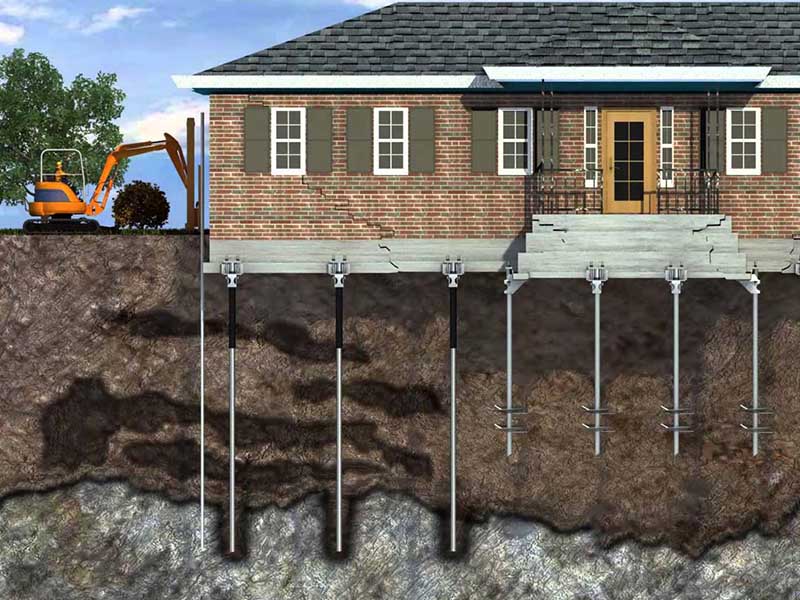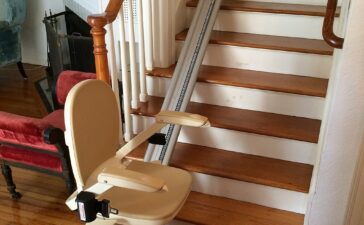Some homeowners have identified cracks in their walls or doors and windows failing to close smoothly. Others have also noticed uneven spots on their floors are they move about. These are potential signs of a failing foundation, which puts the integrity of the whole house at risk. This calls for the expert intervention of construction workers to repair the beams, slabs, and piers of the house fast to try and evade the worst-case scenario; house collapse. Unfortunately, the foundation repair process is not a walk in the park, especially for less experienced people. Therefore, it becomes vital for every homeowner to ensure they contact the right people for all their foundation repair works.
A few tips and diagnosis information go a long way in helping workers and homeowners understand the whole concept when it comes to foundation repair. Here are a few diagnoses information and guiding tips for slab pier and beam foundation repair.
Diagnosis of Foundation Problems
The diagnosis of a failing foundation is critical and should be conducted by experienced construction personnel such as a civil engineer. Beams and piers are often more stable than the slabs due to their firm anchor to the ground. However, they can still be defective. Once the potential signs of a failing foundation are spotted, diagnosis commences.
Elevation Reading
One way to gauge a failing foundation is by carrying out the elevation reading using accurate survey equipment. One notable piece of equipment used is the Ziplevel Pro-level 2000B High Precision Altimeter. This will determine the exact section of the house foundation that needs to be leveled.
Visual Inspection
The next step involves carefully examining the foundation slab, pier, and beams for further signs, including the underside of the home. This will reveal rot, cracked piers and beams, clearance, broken beams, leaking water, and many others. Once the problem is identified, the slab, pier and beam foundation repair are initiated. This involves adding more pier supports where there is a damaged one, raising the level of beams where it has sunk the pier, and supporting beams with other secondary measures.
The Guiding Tips for Foundation Repair
Concrete Foundation Repair
While constructing any concrete structure as a repair measure, it is important to let the concrete cure for about ten days to gain strength before proceeding with other works. This will reduce the possibility of the foundation failing again.
Foundation Stabilization
In some cases, the problem causing foundation failure is often the weak soil beneath the house. Piers settle below their intended elevations because of a weak soil foundation. Therefore, it is equally important to investigate the soil properties of the soil around settled piers before opting to construct another supportive pier.
The Sight of Cracks
Once cracks are spotted on the foundation, they should be sealed, but an engineer should thoroughly investigate them to determine the cause. Sealing cracks only is not a viable solution.
Therefore, slab, pier, and beam foundation repair are a critical task that requires experts to handle. There is more to foundation repair than what meets the eyes. No one should make any assumptions when repairing foundations since it could be costly in the future.






